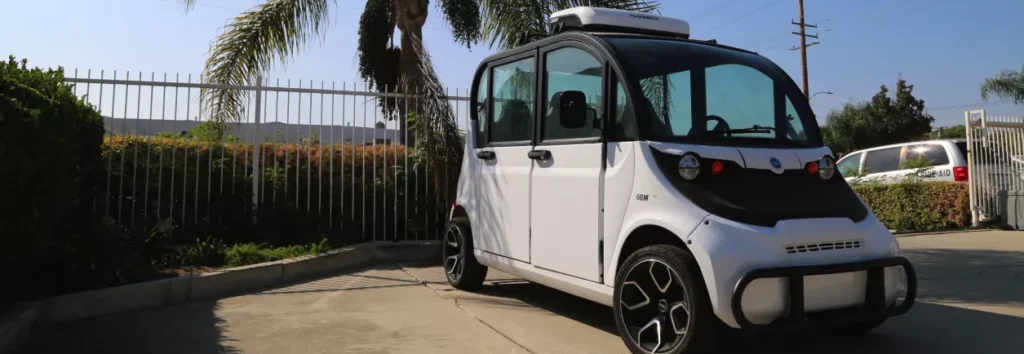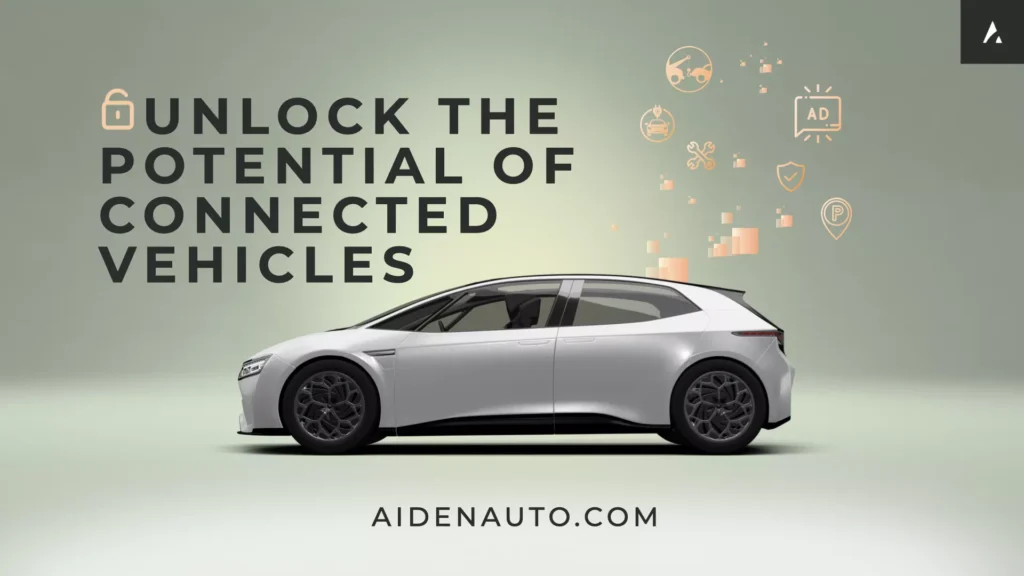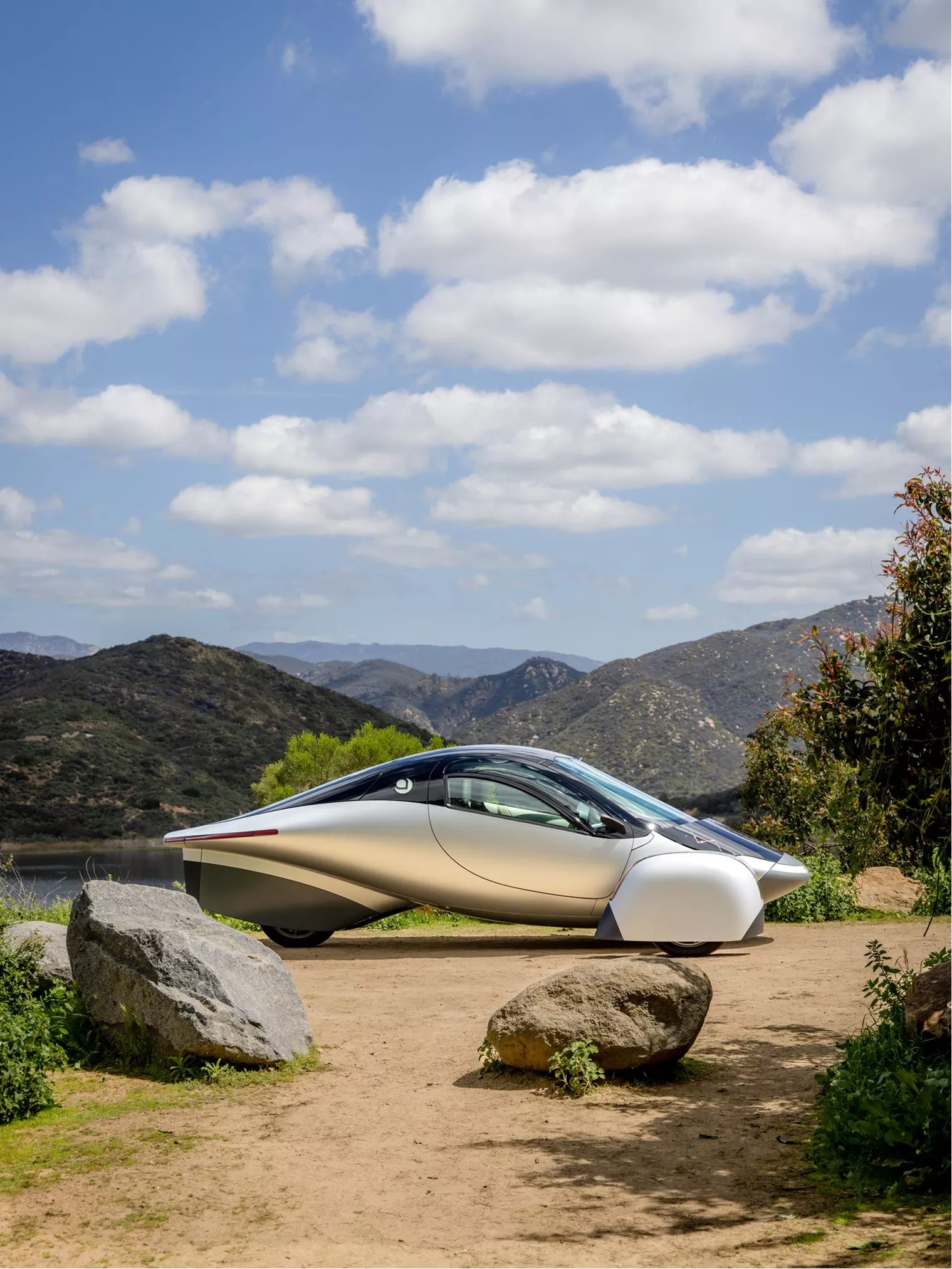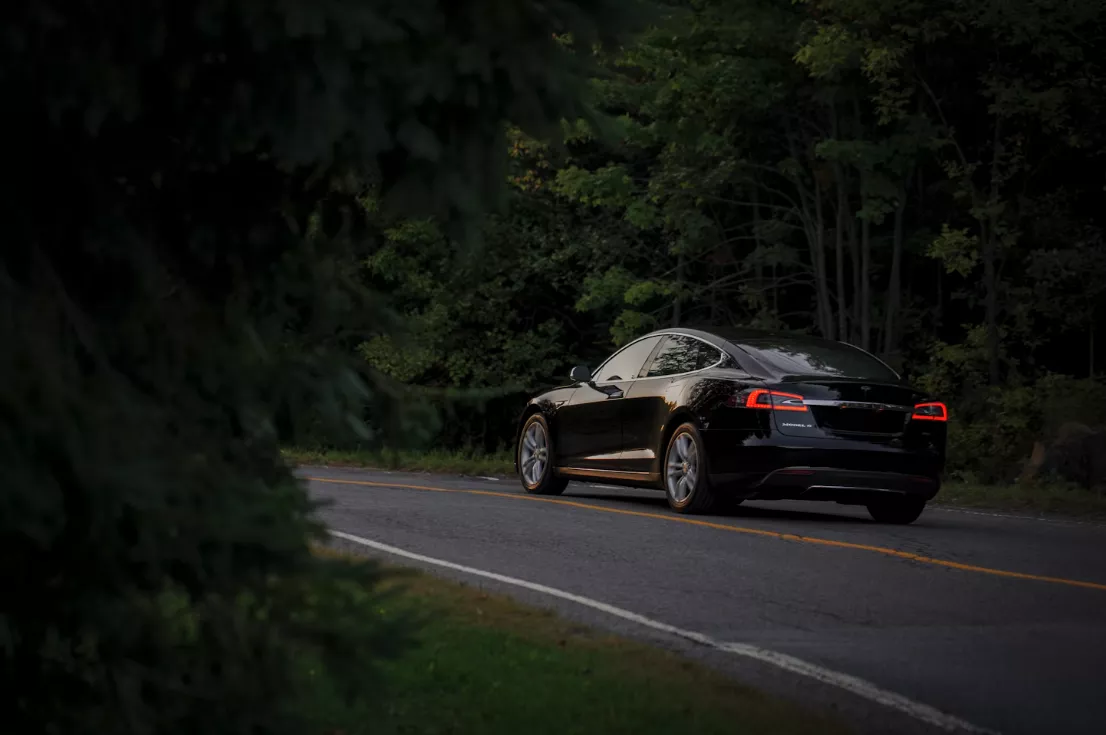










From EVs and batteries to autonomous vehicles and urban transport, we cover what actually matters. Delivered to your inbox weekly.

Tesla’s price cuts. VW’s €20K EV. Ford scaling back production. China flooding the market with affordable electric cars.
The race for cheaper EVs is heating up, and it’s not just about competition — it’s a full-blown price war.
With Tesla slashing prices, legacy automakers struggling to keep up, and China’s EV giants undercutting everyone, one thing is clear: the future of electric vehicles will be won on price, not just technology.
But can these aggressive discounts last? And what happens when automakers start losing money just to stay in the game?
Let’s break it down. ⚡
EVs are getting smarter, and AiDEN is leading the charge.
This AI-powered platform connects your car to insurance, maintenance, parking, and even in-car commerce — all seamlessly integrated while keeping your data private. For automakers and service providers, AiDEN unlocks new revenue streams and frictionless user experiences.
As connected cars take over, AiDEN is making sure your EV isn’t just electric, but intelligent. Learn more about AiDEN here.
For years, EVs were seen as premium tech with premium prices.
Now? Automakers are slashing costs, launching budget models, and racing to dominate the affordable EV market. But who’s actually winning?
🚗 Early Adopters Pay the Price → EVs were a status symbol, dominated by high-end automakers like Tesla, BMW, and Mercedes-Benz.
💰 Battery Costs Were Sky-High → In 2010, lithium-ion battery prices made EVs 40–50% more expensive than gas cars, limiting mass adoption.
🏛️ Governments Drove Demand → Most EV sales relied on generous subsidies from China, the U.S., and the EU to make them even remotely competitive.
💸 Automakers Are Slashing Prices → Volkswagen, Ford, Hyundai, and BYD are cutting prices to compete in the growing budget EV market.
🚗 The $20K EV Dream → VW, Stellantis, and Renault are promising sub-$25K EVs, hoping to dominate the mass market.
🌍 China’s EV Disruption → Chinese brands like BYD and XPeng are exporting cheap, tech-packed EVs to Europe and Latin America, undercutting Western automakers.
🔋 Battery Costs Have Plummeted → Lithium-ion battery prices are down 89% since 2010, finally making lower-priced EVs possible.
🔹 Sub-$25K EVs Are Coming — But When? VW, Hyundai, and Nissan have plans, but supply chain issues could delay true affordability.
🔹 Will Gas Cars Become the “Luxury” Choice? As EVs go mass-market, high-end combustion cars could become niche collector’s items.
🔹 Who Survives the Price War? Legacy automakers, Chinese disruptors, and new startups are battling for dominance — but not everyone will make it.
🚨 Big Question — Will budget EVs finally go mainstream, or is this price war just a temporary race to the bottom?
🚗 Volkswagen Unveils Its $21K EV Plan
VW has confirmed plans to launch the ID.1, a compact EV expected to debut in 2027, with a target price of €20,000 ($21,500). This move aims to counter Chinese automakers flooding the market with cheaper EVs. But with rising production costs, will VW be able to keep the price that low? (Volkswagen)
💸 BYD Sparks EV Price War with Sub-$10K Models
China’s BYD is shaking up the market with ultra-affordable EVs. The BYD Seagull now starts at €8,900 ($9,700), making it one of the most affordable EVs globally. With expansion plans across Europe, Latin America, and Southeast Asia, BYD is pushing legacy automakers into price-cut territory. (Electrek)
🚗 Toyota Expands EV Lineup to Meet Emission Targets
Toyota just launched three new EVs — the bZ4X update, C-HR+, and Urban Cruiser — to boost its lagging electric sales in the UK and EU. With strict emission mandates in place, the automaker is betting on this lineup to stay competitive. (The Times)
🔋 Zeekr Unveils Luxury EV with Hands-Free Driving
China’s Zeekr has launched the Zeekr 9X, a high-end electric SUV featuring Level 3 autonomous driving. While awaiting regulatory approval, the vehicle is set to debut at the Shanghai Auto Show, with deliveries expected later this year. Is China pulling ahead in the race for self-driving EVs? (Reuters)
🇺🇸 U.S. EPA Moves to Reverse Biden-Era Vehicle Emission Standards
The EPA is weighing adjustments to aggressive tailpipe emissions standards that pushed automakers toward EV production. If softened, the new rules could ease pressure on manufacturers but slow EV adoption. With industry giants lobbying for flexibility, will this reshape the future of EVs in the U.S.? (Reuters)
EV prices are dropping fast. But why now, and what does it mean for the industry? Let’s unpack the forces driving this shake-up and who stands to gain (or lose) the most.
💸 BYD → Dominating with sub-$10K EVs, aggressively expanding into Europe & Latin America.
⚡ Tesla → Using price cuts as a weapon to maintain its lead, despite profit margin hits.
🚗 Volkswagen → Betting on the ID.1 (€20K EV) to compete in the budget segment by 2027.
🏭 Ford & GM → Struggling with high costs & slowing demand, scaling back EV production.
🔹 Cheap EVs Everywhere? If production costs keep dropping, we could see mass-market $15K EVs by 2030.
🔹 Legacy Automakers in Trouble? Traditional carmakers may struggle to keep up with China’s rapid scaling.
🔹 Battery Tech Will Decide Everything. Lower prices depend on cheaper, better batteries—whoever wins that race wins the EV war.
🚨 The Big Question: Are we witnessing a historic turning point where EVs become cheaper than gas cars? Or will tariffs, supply chain issues, and automaker losses keep prices volatile?
The EV price war is heating up, and the stakes are massive. This deep dive breaks down what’s ahead for the European EV market — price cuts, shifting consumer demand, and the battle between legacy automakers and rising Chinese brands. With affordability driving the next wave of adoption, will 2025 be the year EVs finally go mainstream?
🚨 The EV price war is here, but does slashing prices really guarantee mass adoption?
On one hand, sub-$25K EVs could be the tipping point that gets millions of new drivers to go electric. Lower sticker prices, more competition, and government incentives seem like a winning formula.
But here’s the catch. Cutting costs means cutting corners. Automakers are slashing margins, delaying new models, and in some cases, scaling back EV production altogether. Will cheap EVs truly revolutionize the market, or will quality and profitability take a hit?
💡 What do you think? Are affordable EVs the breakthrough we’ve been waiting for, or will they lead to a race to the bottom? Drop your take in the comments!